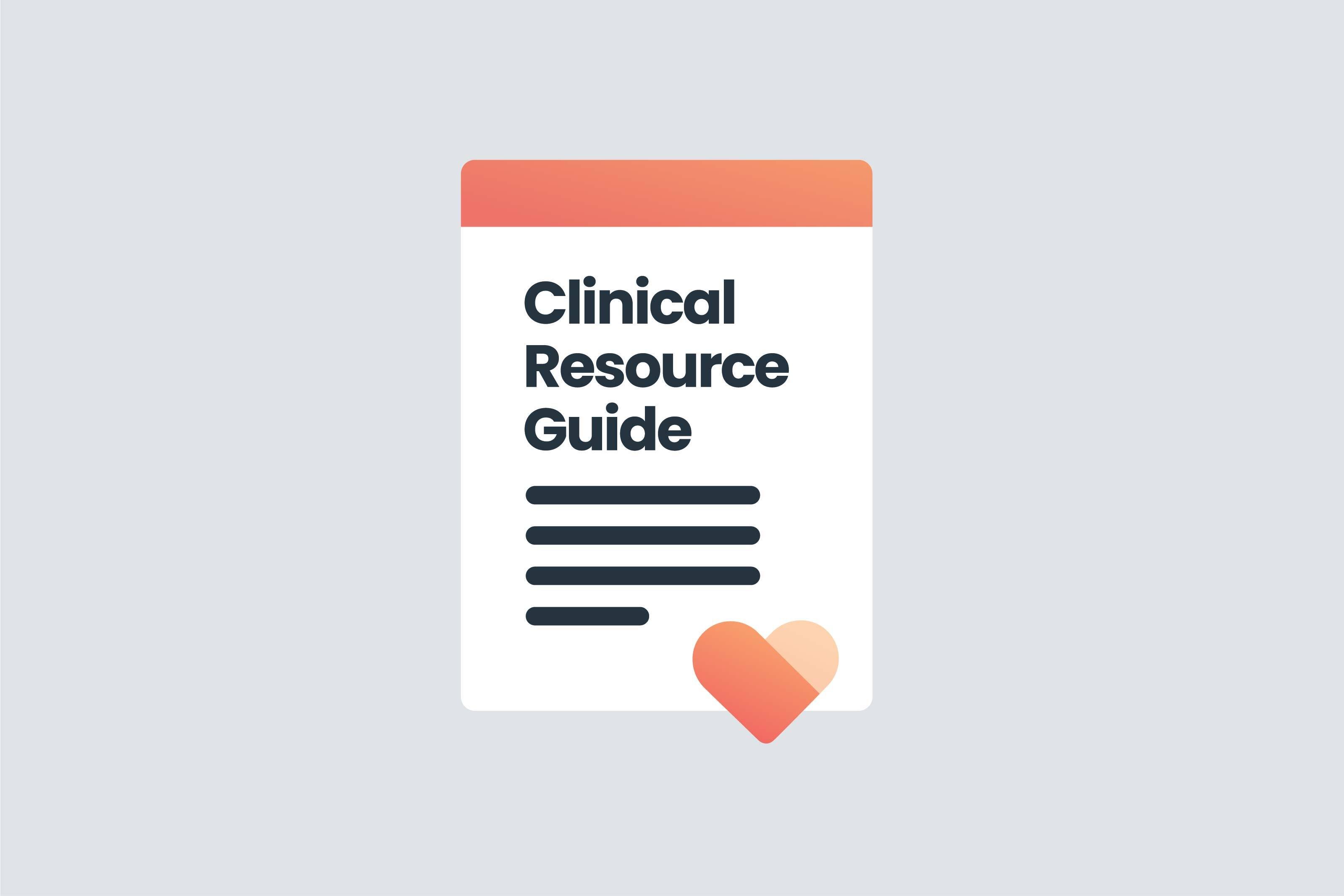Patient Resource Guide: Managing Constipation
While uncomfortable, constipation can be managed using one or more of several strategies designed to prevent and alleviate symptoms.
4 min read
 Rebecca Christensen, PharmD
:
Jul 29, 2023 1:00:00 AM
Rebecca Christensen, PharmD
:
Jul 29, 2023 1:00:00 AM

Seizure management can be challenging in any patient population, but especially in the hospice patient, who is often without IV access and in the home or facility setting. While rare for a patient to have a seizure, it is a serious complication when experienced, requiring an action plan to address.
The incidence of seizures in the hospice setting is unknown, but literature from the palliative care setting suggests up to 13% of patients may experience the condition, with 25-50% of these patients with a brain neoplasm. However, the prevalence of seizure activity in patients with a brain primary cancer is dependent upon diagnosis, as slow growing types (oligodendroglioma, low-grade astrocytoma) tend present with more seizure activity (70-100% of patients) as compared to more aggressive glioblastoma (10-20%). This Pharmacist Corner was designed to serve as a guide to help support hospice teams prepare for and effectively manage seizure disorder in their patient populations.
1.) Identify risk factors for seizure activity and appropriate patient selection for initiating/maintaining therapy
2.) Determine appropriate pharmacologic anticonvulsant therapy and route of administration based on patient-specific factors
Seizures can be caused by structural damage to the brain or be a systemic insult to the brain. See examples in the table below:
|
POSSBLE CAUSES OF SEIZURE |
|
|
Structural Damage |
Systemic Insult |
|
|
Seizures are classified according to their level of origin in the brain. Anytime a seizure is accompanied by a loss of consciousness, there will follow a postictal state, which may include somnolence, confusion, or headache, and can last up to several hours.
CLASSIFICATION OF SEIZURE BY TYPE |
||
|
Seizure |
Characteristics |
Type |
|
Partial or focal seizures |
Simple: without loss of consciousness Complex: with loss of consciousness |
Motor Sensory Autonomic Affective |
|
Generalized |
Primary or secondary (following partial seizure) with or without aura |
Nonconvulsive:
Convulsive:
|
HISTORY AND PHYSICAL EXAM
When a patient develops a seizure, a prompt history and physical examination are useful to determine the cause. A structural cause can be suspected if there was an aura before the seizure, if the seizure was focal, or if the physical examination revealed focal neurologic findings. These latter neurologic findings might disappear within a few hours after the seizure event.
SEIZURE PROPHYLAXIS
Anticonvulsant prophylaxis is not recommended in patients with brain tumors, whether primary or metastatic, if the patient has never had any seizures. This is because of the minimal risk of developing convulsions for most tumors, and the considerable potential burden of antiseizure side effects (drug-drug interactions, sedation, cognitive impairment). However, brain metastases from melanoma, choriocarcinoma, renal cell carcinoma, thyroid papillary cancer, and cancer of the testis might be exceptions, as these cancers might have a higher risk of causing seizures owing to their increased risk of bleeding.
A study by Forsyth et al. did not show any benefit of seizure prophylaxis, as patients still developed convulsions due to tumor progression or subtherapeutic levels of anticonvulsants at similar rates as those not taking prophylaxis. Patients should take dexamethasone before, during, and immediately after cerebral radiotherapy to prevent the edema secondary to acute radiation toxicity, which could otherwise provoke seizures.
TREATMENT
The treatment of seizures will vary based on frequency, duration, and presence of a reversible cause. For example, a patient experiencing a seizure for the first time with a reversible cause does not require long-term anticonvulsant therapy, while a patient with a brain lesion presenting with their first episode should be considered.
|
ANTICONVULSANT RECOMMENDATIONS |
||
|
TYPE |
First-Line Treatment |
Second-Line Treatment |
|
PARTIAL |
|
|
|
ABSENCE |
|
|
|
MYOCLONIC |
|
|
|
TONIC-CLONIC |
|
|
For patients initiated or continued on anticonvulsant therapy, the table below provides guidance for initial doses, anticipated therapeutic doses, and additional considerations for each medication when reviewing patient-specific factors and creating a treatment plan.
|
ORAL ANTICONVULSANT DOSING AND CONSIDERATIONS |
|||
|
Medication |
Initial Dose |
Usual Effective Dose |
Considerations/Side effects |
|
Levetiracetam |
1000mg/day |
1000-3000mg/day in two divided doses |
May cause anxiety, agitation dizziness |
|
Phenytoin |
100mg po BID |
200mg-500mg/day |
Many drug-drug interactions |
|
Carbamazepine |
200mg/day; incr. by 200mg/wk |
300-1600mg in 3-4 doses (IR) or in two divided doses (SR) |
Many drug-drug interactions |
|
Valproic acid |
15mg/kg daily; 250-500mg/day |
Up to 60mg/kg/day; 1000-3000mg/day |
Dose reduce for hepatic failure |
|
Oxcarbazepine |
300-600mg/day |
900-2400mg/day |
Dose reduce for renal failure |
|
Phenobarbital |
60mg/day |
60-250mg/day, max: 600mg/day (Adults: 1-5mg/kg/day): single or divided doses |
CNS depressant, may cause respiratory depression, rash, somnolence |
In patients who have lost the ability to take anticonvulsants orally, a rotation to a medication that can be administered via an alternative route should be considered by the hospice team. Medications commonly utilized for this clinical scenario in the hospice setting are listed in the table below
|
NON-ORAL ANTICONVULSANT DOSING AND CONSIDERATIONS |
|||
|
Medication |
Route |
Dosing |
Therapy Cost* |
|
Lorazepam |
Sublingual (Lorazepam Intensol®) |
0.5mg – 2mg Q8H; PRN |
$18.00-$68.00/30ml |
|
Diazepam
|
Diazepam tab rectally |
SEE APPENDIX A: Diazepam
|
$0.43/dose |
|
Rectal gel (Diastat®) |
$350-$550/fill |
||
|
Nasal spray (Valtoco®) |
$600-$800/fill |
||
|
Midazolam
|
Midazolam IV nebulized |
SEE APPENDIX B: Midazolam |
$3.43/dose |
|
Nasal spray (Nayzilam®) |
$650-$850/fill |
*Prices may vary depending upon dispensing pharmacy
SUMMARY
This Pharmacist Corner addresses the complexities of managing seizures in hospice patients and was designed to offer a comprehensive guide for the hospice care team to help with clinical decision-making. The recommendation against routine anticonvulsant prophylaxis in a patient with a brain neoplasm who has not previously experienced a seizure is emphasized, balancing the minimal risk of convulsions against the potential side effects of medication. Treatment approaches, including first and second-line anticonvulsants and their respective dosing considerations, are outlined. Additionally, this guide provides an overview of the non-oral alternatives for patients unable to take medications orally, providing insight into routes of administration and associated considerations. This resource equips hospice teams with practical insights and recommendations for effective seizure management in this specialized care setting. For questions regarding patient-specific scenarios, please call BetterRX for a Clinical Pharmacy Consultation.
APPENDIX A: Rectal Diazepam
Diastat® Dosing



APPENDIX B: Intranasal Diazepam
Valtoco® Dosing


While uncomfortable, constipation can be managed using one or more of several strategies designed to prevent and alleviate symptoms.

Pancreatic enzyme replacement therapy (PERT) is used to treat exocrine pancreatic insufficiency.